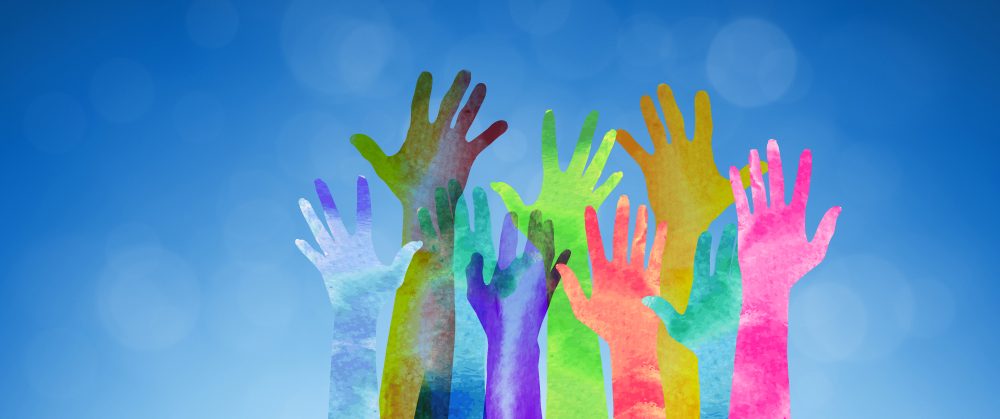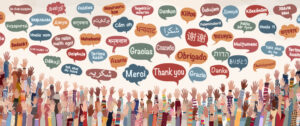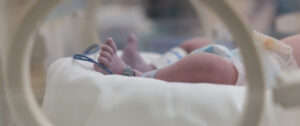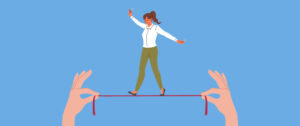Over the last several years, representatives of ASHA’s Academic Affairs Board, SIG 10, SIG 11, and SIG 14 have worked on a collaborative project meant to positively impact all types of teaching and learning in communication sciences and disorders (CSD). Together, the group worked to create a collection of resources that could be used in support of barrier-free access to education and treatment for students and clients from all experiences, identities, and backgrounds. With a focus on culturally responsive teaching practices, the items contained in the collection represent a variety of topics and feature just-in-time resources that can be (in many cases) immediately applied to just about any teaching or learning environment.
The culmination of this group’s efforts is the Culturally Responsive Teaching and Learning (CRTL) Special Collection. A wide range of resources (i.e., articles, webinars, podcasts, videos) are organized by topics such as CRTL and Supervision, Advocacy and Allyship, Identity and Experience, and Culturally Responsive Research. Currently, there are ten topics with several hundred resources available for those interested in learning more about culturally responsive practices.
As members of the group that developed this special collection, we celebrate its publication but also want to make sure that ASHA members know how it might be used. To do so, we have created three different scenarios that explore how the special collection might be used by academic and/or clinical instructors.
Case #1: I’ve heard about culturally responsive teaching before, but I want to know more.
Lyle is a doctoral student in speech-language pathology, with a primary focus on voice and resonance. He’s been asked to teach an undergraduate voice disorders course next semester and while he can use some of what has been used in the past to prepare his course, he wants to learn about ways to maximize student engagement and success in his class. Specifically, Lyle wanted to make sure that he designed a course that honored his students’ unique lives and experiences. Lyle’s mentor shared a link for the CRTL special collection, and he went to work exploring the “CRTL Defined” category of resources. Immediately, Lyle discovered a website called “What is Culturally Responsive Teaching” where he was able to read an overview of CRTL and think about how CRTL might compare/contrast to traditional ways of teaching. From here, Lyle ventured to the “Culturally Responsive Teaching/Pedagogy” topic area and explored journal articles about microaggression and watched a webinar about confronting systemic racism in CSD.
Case #2: I want to explore how my own life experiences might impact how I teach my students.
Jasmine is an associate professor at a mid-sized university in a rather homogeneous community in the midwest. She knows that she should do more to expand the worldview of her students. She decides to explore the Identity and Experience topics as well as the Culturally Responsive Teaching/Pedagogy topics of the special collection. She found a wealth of information about reflecting on her own (and her students’) identity and experiences and how those reflections might inform her teaching. She also found guidance on how to promote cultural and linguistic competence in her speech science course. She was so excited about the information she was finding that she decided to make significant updates to her course through the development of two new content modules. In one, Jasmine added voice samples from languages other than English for her students to analyze. In the other, she developed an in-class activity to explore racial disparities in health care and how those disparities might impact access to services in support of speech or voice disorders.
Case #3: Students from several local colleges and universities are assigned to my clinic for short-term placements. I want to be able to support their learning by using evidence-informed ways of teaching and mentoring.
Audrey is a seasoned clinical educator who enjoys being able to contribute to the educational and clinical experiences of future speech, language, and hearing professionals. The clinic she directs is large and serves a variety of clients with a variety of diagnoses. She often hosts short, intensive clinical experiences to help graduate students gain confidence and competence across areas of professional practice. Audrey has long considered herself an ally and advocate for students and hopes to inspire the students who visit her clinic to be so, as well. In her first grand rounds experience with her current cohort of students, Audrey shared the CRTL Special Collection and spent time reviewing some of the resources under the topic of Culturally Responsive Service Delivery. The next time Audrey met with her students, they reported that they had a long discussion about culturally responsive service provision over a shared lunch that led to an assessment of materials used in an after school social language group for adolescents with autism. Audrey also received a call from the clinic director who works with the student cohort at the local university. He expressed his gratitude for Audrey sharing the CRTL special collection with his students and indicated that he forwarded a link to the collection to all of his colleagues in his department.
While the special collection is not intended to be an exhaustive resource, it is meant to provide a place to start thinking about CRTL practices in an organized and CSD-focused manner. The special collection is meant to grow over time with help from ASHA’s membership. We hope to see new resources and topics curated in the future in a continued effort to support culturally responsive teaching and learning practices in CSD. The CRTL Special Collection webpage includes a link describing the process to suggest additions to the collection.










